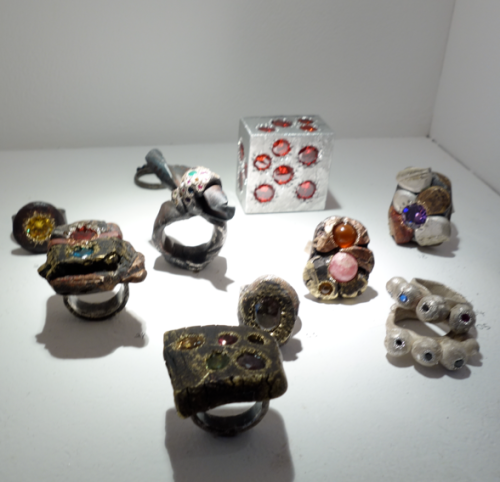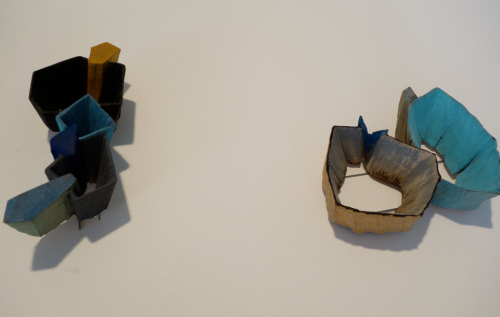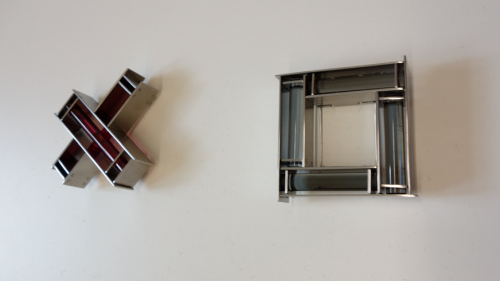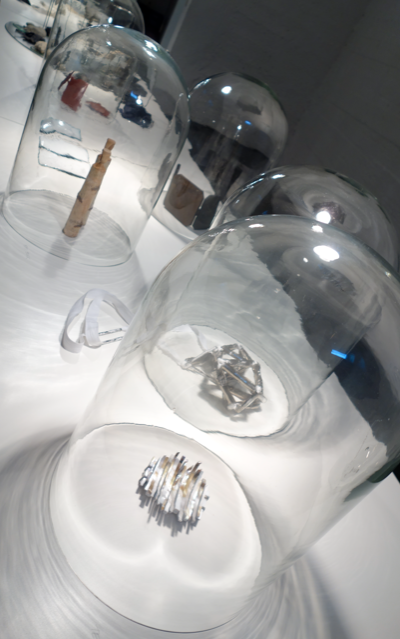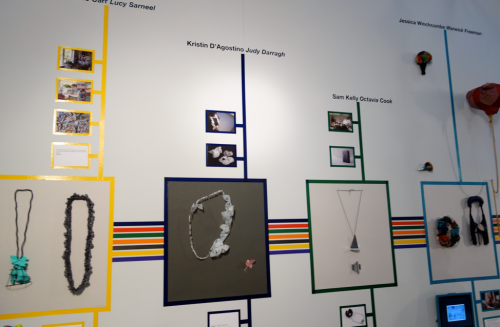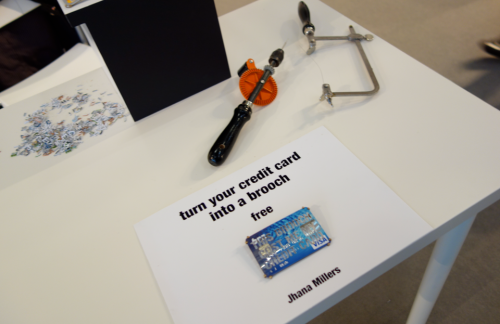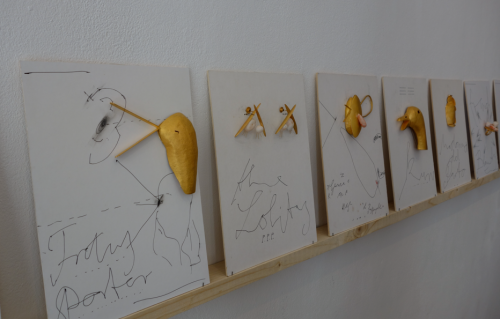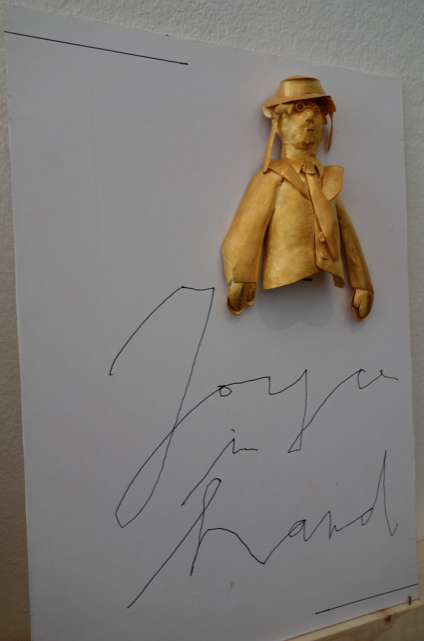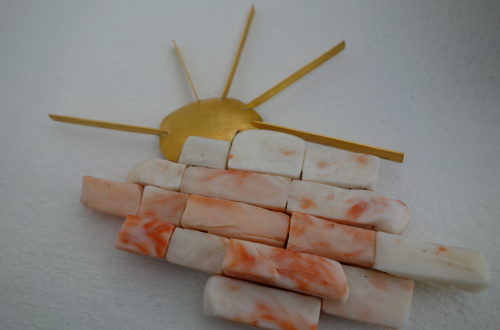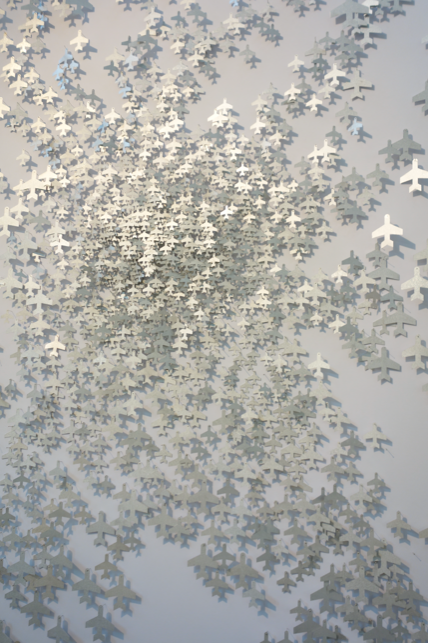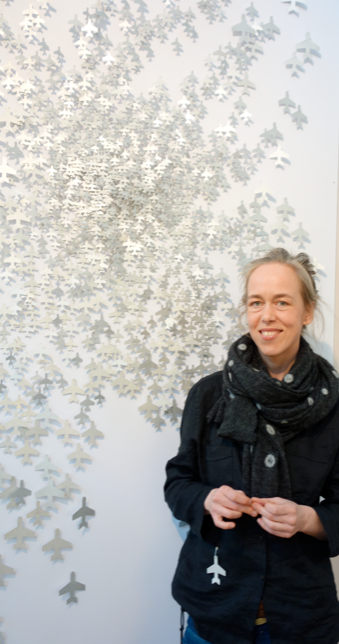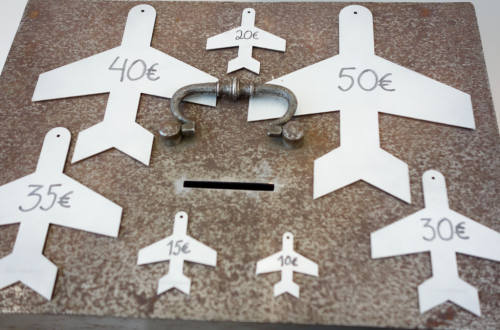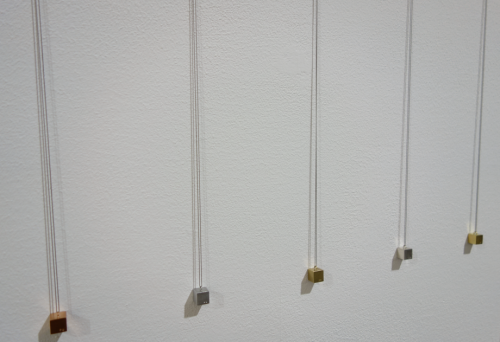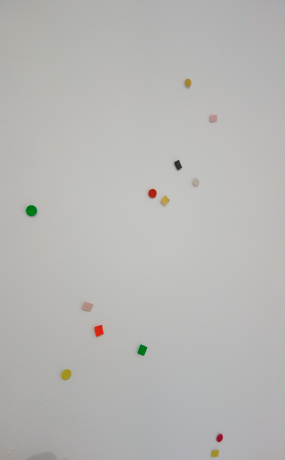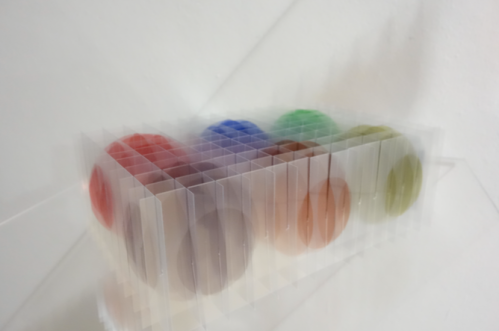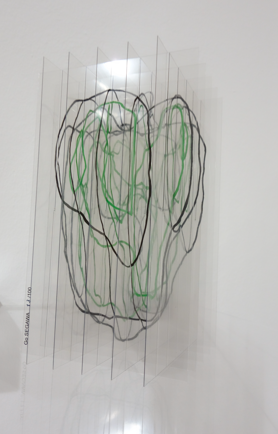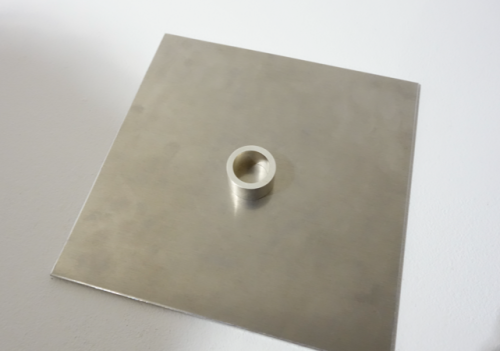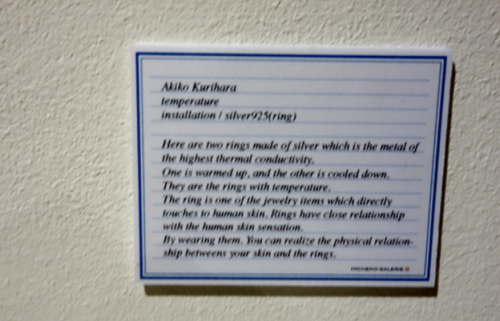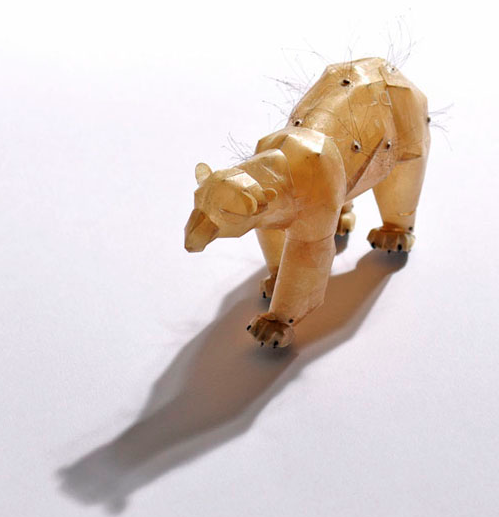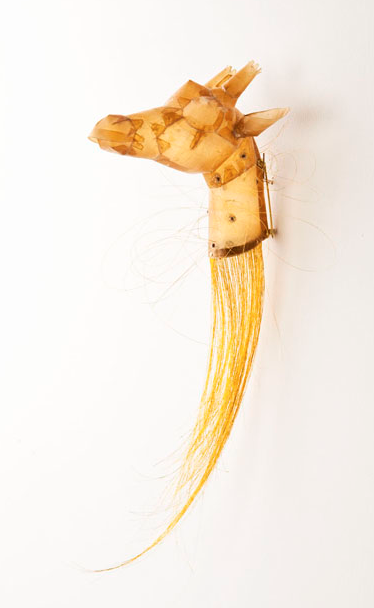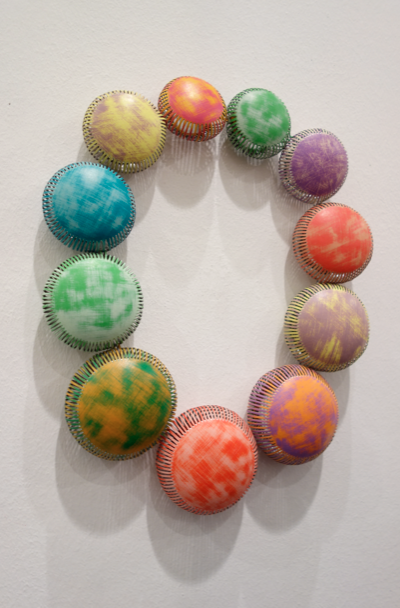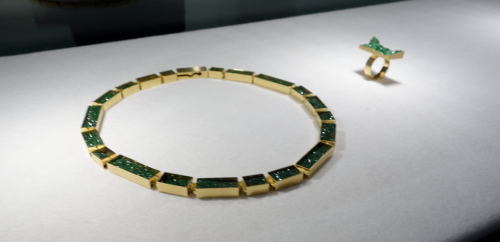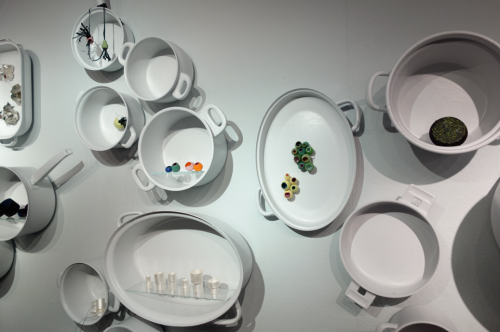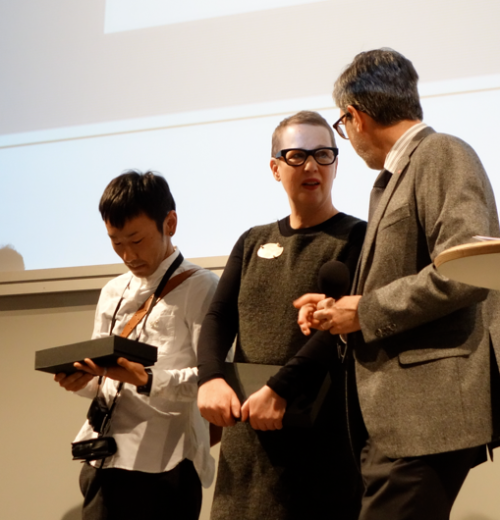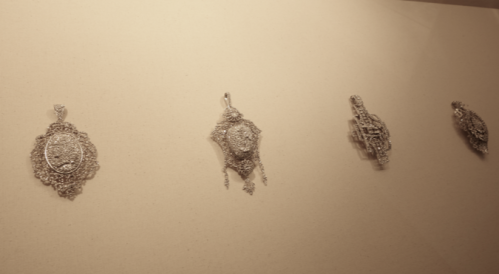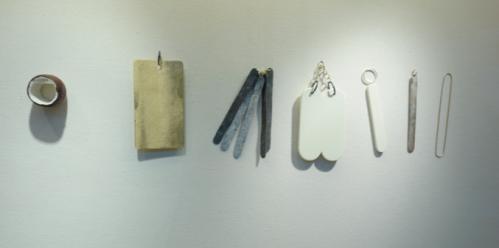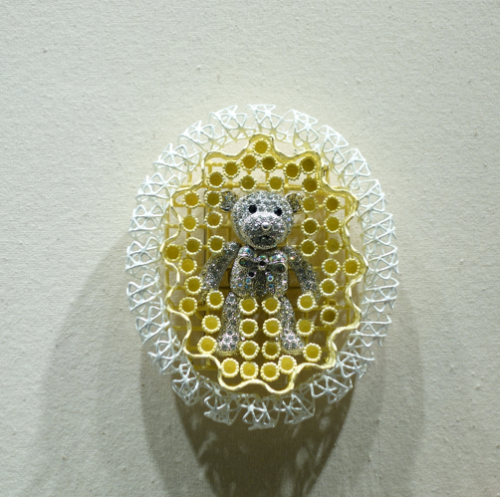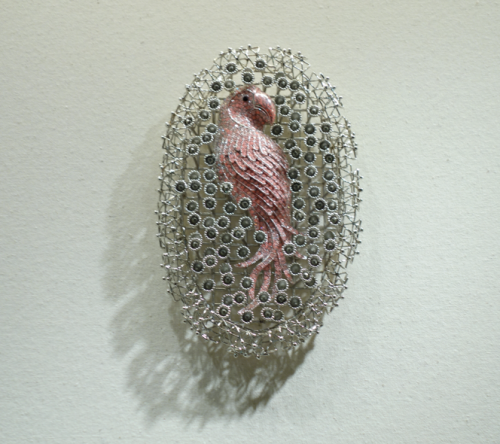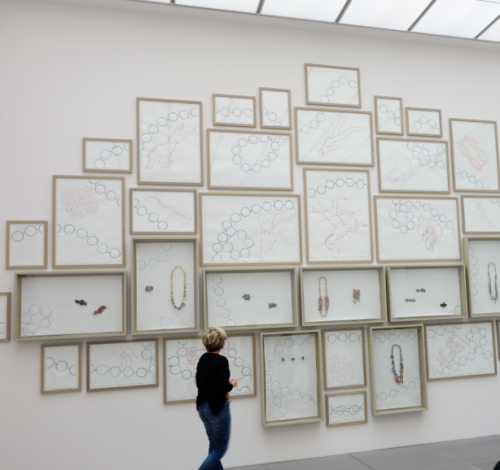
La prima sala
Le cose che vede Helen Britton sono probabilmente le stesse che anche altri vedono. Che anche io vedo, che tutti noi vediamo: chissà. Il punto è che quello che Helen Britton vede solo lei lo racconta così (dote questa assai rara) con limpidezza, maestria, generosità e un gocciolino di malinconia. È per questo che senza alcun dubbio vale la pena, e anzi è un obbligo, andare a vedere la mostra The Things I see che il museo di Arte e Design di Norimberga (Nürnberg) le dedica fino al 28 aprile (da Monaco di Baviera un’oretta di treno e il museo si trova a 5 minuti a piedi dalla stazione).
The things that Helen Britton sees are likely the things that other people see, that we all see. The difference is, is that Helen Britton has the rare ability to convey what she sees with such clarity and generosity and the tiniest bit of melancholy so that her exhibit, The Things I See, is without a doubt, a must. The Museum of Art and Design in Nuremberg houses her exhibit until April 28th. (It takes one hour to go to Nuremberg by train and the museum is a five minute walk from the train station.
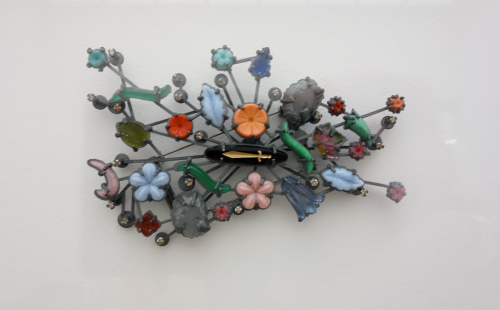
Progetto Cornucopia, sala 1 parte della “grande collana
Due grandi sale le sono dedicate e l’organizzazione dello spazio e l’allestimento nascono dalla volontà dell’artista di mostrare i suoi progetti più recenti e il suo “archivio storico” in maniera ben distinta e facilmente comprensibile.
Two large halls are dedicated to her exhibit and the organization of space rises from the artist’s will to show both her most recent projects and her “historic archive” in a distinct and clear way.
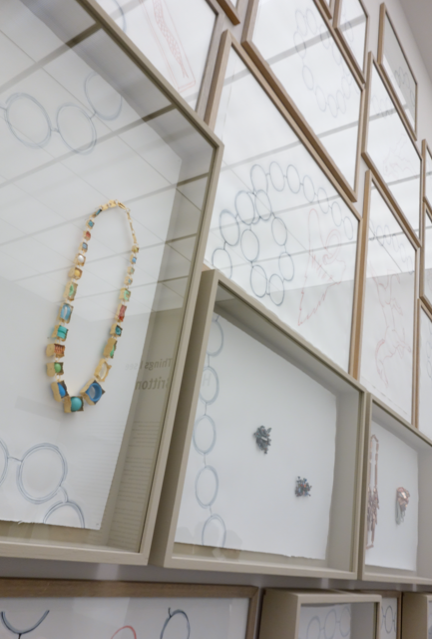
Helen Britton a Norimberga
La prima sala ci accoglie con una parete spettacolare di un enorme disegno di una enorme collana che ingloba gioielli dal vivo. Sono stati realizzati tutti contemporaneamente quest’anno per questa mostra e utilizzano objets trouvés che l’artista cerca e seleziona, in particolare elementi vintage del dopoguerra, per “icone private” come lei stessa le definisce. Il tema Dekorationswut “Cornucopia” di questa parete era stato affrontato, con pezzi diversi ovviamente, nella sua mostra negli USA alla Sienna Gallery quest’estate.
In the first hall we are greeted by a spectacular wall with a huge drawing of a huge necklace that incorporates real jewelry which has all been created this year, for this event, made with objets trouvés, (found objects), which the artist looks for and selects herself, especially vintage pieces of the postwar period which she calls “private icons”. The theme, Cornucopia or Horn of Plenty, represented on this wall, has already been explored in Helen’s exhibition last summer in the USA at the Sienna Gallery, obviously showing different pieces.

Sempre sala 1, ma progetto Industrial
Nella prima sala anche un altro tema recentissimo, Industrial (di cui forse ricorderete la mostra dalla SO Gallery di Londra di cui ho già parlato lo scorso maggio). Qui niente objets trouvés, ma solo metallo e poco colore per raccontare il suo ricordo della sua Australia. Tutt’altro che un luogo di grandi spazi e canguri, ma piuttosto una città, Newcastle, cupa e industriale, dell’acciaio e delle fonderie.
Another theme found here in first hall is, Industrial, (perhaps you remember the exhibition in London at the SO Gallery that I wrote about last May). There are no objest trouvés, but only metal and a little color which recounts her memories of Australia; not a place of wide-open spaces and kangaroos, but the city of Newcastle, grim and industrial, a city of steel plants and foundries.
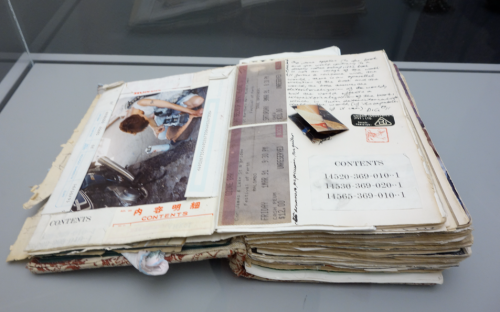
La sala 2: l’archivio
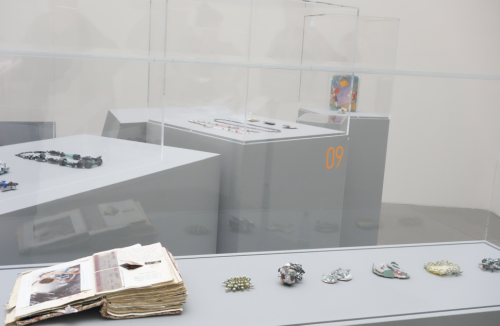
Prospettiva dell’Archivio
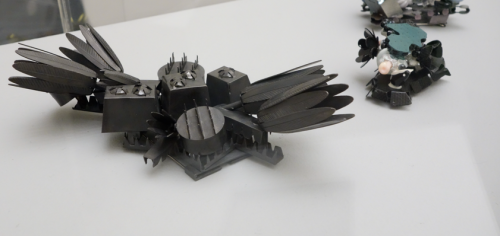
Questa spilla appena finita è l’ultimo pezzo appena aggiunto all’archivio
Ora si entra nella sala numero 2. La sala diario, si potrebbe anche chiamare. Il “passato conservato” (dal 1991 a oggi) perché qui tutti i pezzi appartengono all’artista e ne sono esposti 91 (se non ricordo male) circa la metà dell’archivio completo. Sono opere provenienti dai suoi vari progetti attraverso gli anni, ma anche diari veri e propri di appunti; piccoli libri a forma di auto che realizzava molto prima di trovare nel gioiello la sua strada; collanine di conchiglie fatte solo per sé e mai mostrate prima. Insomma un vero archivio personalissimo e non fittizio per “fare la mostra” che ho trovato molto sincero e, aggiungerei anche, intimo, senza però essere auto celebrativo.
Now we enter the second hall. We could call it, Diary Hall, or Treasured Past, because all the pieces here belong to the artist; 91 displayed and if I remember correctly, about half of the entire archive. There are pieces from her various projects created over the years as well as her diaries with notes, small books shaped like cars that she created long before she discovered her path in jewelry making and small shell necklaces she made for herself, never shown before. It is a very real and personal archive, not created just “for the exhibition”, not artificial at all. I found it sincere and intimate without being self- celebratory.
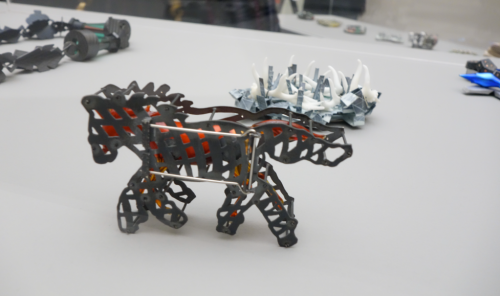
Momenti del passato

Ricordi, conchiglie decorate, mai esposte

Un car book degli anni Novanta – Helen Britton
Read Full Post »

